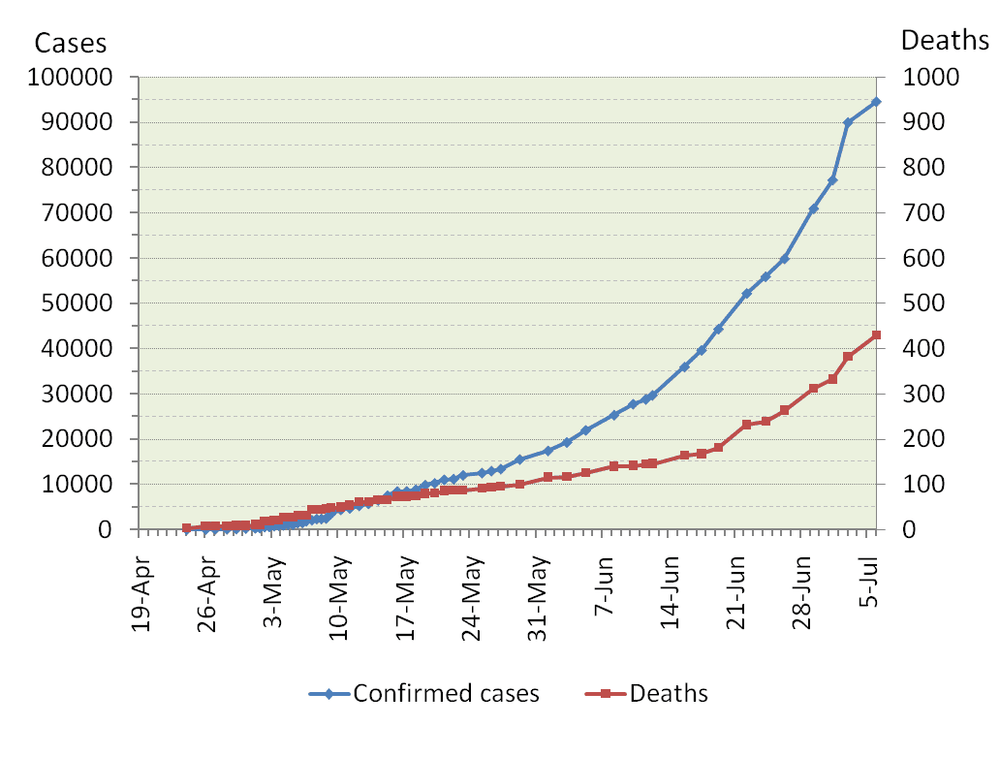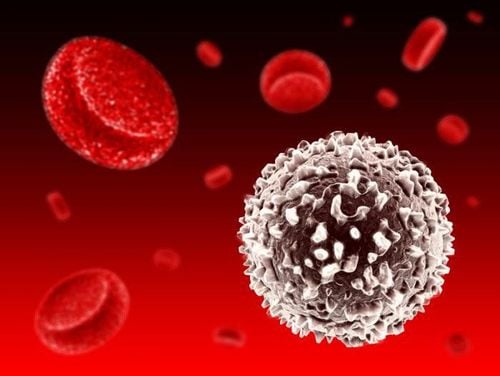This is an automatically translated article.
Although not as dangerous as some other flu diseases, influenza A/H1N1 can cause pneumonia and superinfection, more seriously, it can cause multiple organ failure and lead to death in some at-risk populations. , especially in patients with chronic and underlying medical conditions.
1. What is influenza A/H1N1?
Influenza A/H1N1 is a seasonal flu caused by the influenza A/H1N1 virus. This is a very contagious disease that spreads easily from person to person. Although not as dangerous as some other flu, the disease can cause pneumonia and superinfection, more serious can cause multi-organ failure and lead to death in some at-risk populations, especially patients with chronic and underlying disease.
Similar to the Corona virus that causes Wuhan pneumonia that causes epidemics in Hanoi and some provinces in our country, Influenza A/H1N1 used to be a pandemic strain that was detected and broke out strongly in 2009, with a high speed. rapid spread.
In Vietnam, the H1N1 epidemic broke out strongly at the end of 2009, after drastic implementation of prevention measures, the disease was pushed back in early 2010, by July 2010 Vietnam had basically controlled it. influenza A epidemic in the country.

Cúm A/H1N1 từng bùng phát thành đại dịch vào cuối năm 2009
Regarding the way of transmission, the virus that causes influenza A/H1N1 is spread from person to person when an infected person coughs, sneezes, laughs or talks or when healthy people touch or touch surfaces contaminated with influenza virus. A, then put your hand over your nose, mouth, eyes.
2. Signs to recognize influenza A/H1N1
Similar to other common seasonal flu, patients infected with influenza A/H1N1 virus have the following symptoms:
Fever above 38 degrees Celsius and accompanied by chills. Headache, dizziness, fatigue, muscle aches, body weakness. Sore throat, dry cough. Sneezing, stuffy and runny nose, difficulty breathing. Nausea, vomiting and diarrhea. In patients with severe flu, the lungs show signs of damage leading to respiratory failure such as shortness of breath or rapid breathing. Occurrence of secondary complications such as: Sinusitis due to superinfection, septic shock, multi-organ failure. For patients with chronic diseases such as cardiovascular, blood, lung, etc., the disease progresses more severely.

Cúm A nặng có thể dẫn tới biến chứng sốc nhiễm khuẩn
3. Prevention of influenza A/H1N1
To prevent influenza A/H1N1, everyone needs to be proactive:
Maintain personal hygiene and the surrounding environment. Specifically, wash your hands with soap frequently; using antiseptic solutions for the nasal passages, throat and eyes; When coughing or sneezing, you need to cover your nose and mouth; do not spit indiscriminately and avoid indirect and direct contact with sick or suspected influenza A patients. Eat a balanced diet with enough nutrients to increase resistance to prevent influenza virus infection. In case of high fever and difficulty breathing, it is necessary to actively isolate, wear a mask, and then go to a medical facility for examination, consultation, treatment and prevention of the spread. In particular, to prevent specific diseases, everyone should get vaccinated to prevent disease. It is recommended to vaccinate on time, with enough doses, and repeat vaccinations to actively prevent disease. To register for examination and treatment at Vinmec International General Hospital, you can contact the nationwide Vinmec Health System Hotline, or register online HERE.













